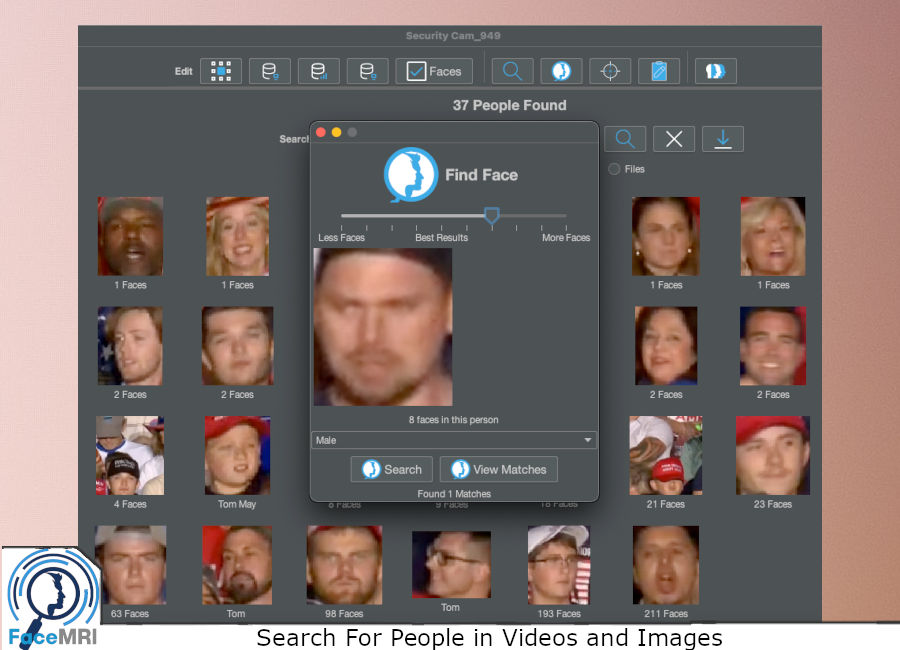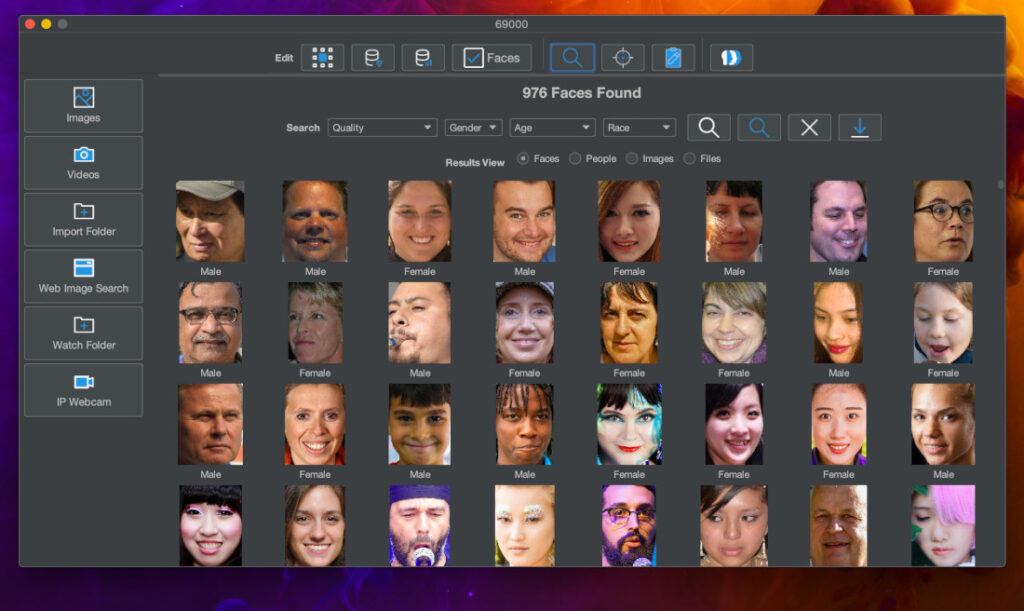Face Recognition and Chain of Custody: Enhancing Security and Accountability
The chain of custody is a critical process in legal, law enforcement, and forensic contexts, ensuring the proper handling, tracking, and preservation of evidence from collection to presentation in court. Face recognition technology has the potential to enhance the chain of custody by adding a layer of security, efficiency, and accountability. In this blog post, we will explore how face recognition can be integrated into the chain of custody process and the benefits it offers.
Integrating Face Recognition into the Chain of Custody
FaceMRI is used in over 26 countries for evidence collection and speed up investigation.
- Evidence Collection: Face recognition technology can be used to verify the identity of the person collecting evidence, ensuring that only authorized individuals have access to crime scenes or evidence storage facilities. This adds an additional layer of security and reduces the risk of tampering or contamination.
- Evidence Tracking and Logging: Integrating face recognition into evidence management systems can facilitate the tracking and logging of evidence handling. By scanning the faces of individuals handling evidence at each stage, the system can automatically log their identity, date, and time, creating a secure and reliable digital trail.
- Access Control: Face recognition can be employed to control access to evidence storage facilities, ensuring that only authorized personnel can enter. This not only enhances security but also provides an audit trail of everyone who accessed the evidence, further strengthening the chain of custody.
- Identity Verification: In situations where evidence needs to be transported or presented in court, face recognition can be used to verify the identity of the person responsible for the evidence, ensuring that it remains in the proper hands throughout the process.
- Remote Testimony: In some cases, witnesses or experts may provide remote testimony via video conferencing. Face recognition technology can be used to authenticate their identity and ensure the integrity of the testimony, reducing the risk of fraud or misrepresentation.
Benefits of Face Recognition in the Chain of Custody
FaceMRI has built in Chain of Custody rules, search features and user access.
- Enhanced Security: By verifying the identity of individuals involved in the evidence handling process, face recognition technology can help prevent unauthorized access, tampering, or contamination.
- Improved Efficiency: Automatic logging of evidence handling using face recognition can streamline the chain of custody process, reducing manual paperwork and human error.
- Greater Accountability: Face recognition creates a transparent audit trail of everyone who accessed or handled the evidence, ensuring accountability and reducing the likelihood of disputes or challenges to the chain of custody.
- Faster Processing: With more efficient and secure evidence handling, cases can be processed more quickly, leading to swifter resolutions and reduced backlogs in the legal system.
Ethical Considerations and Challenges
FaceMRI has build in Privacy, Ethics and Bias rules right from the start. So you don’t have to worry.
- Privacy: The use of face recognition technology in the chain of custody process may raise privacy concerns for individuals involved, particularly if the data is not properly protected or misused.
- Algorithmic Bias: Face recognition algorithms may exhibit biases if trained on unrepresentative datasets, leading to misidentification or discrimination. It is crucial to use diverse and representative datasets to minimize these risks.
- Data Security: Ensuring the security of facial data and associated chain of custody information is critical to prevent unauthorized access, data breaches, or tampering.
Conclusion
Face recognition technology has the potential to enhance the chain of custody process by improving security, efficiency, and accountability. However, it is essential to address the ethical concerns and challenges associated with its use, ensuring that this powerful technology is deployed responsibly and respects the rights and privacy of all individuals involved. By striking the right balance, face recognition can contribute to a more secure, efficient, and reliable chain of custody process.

